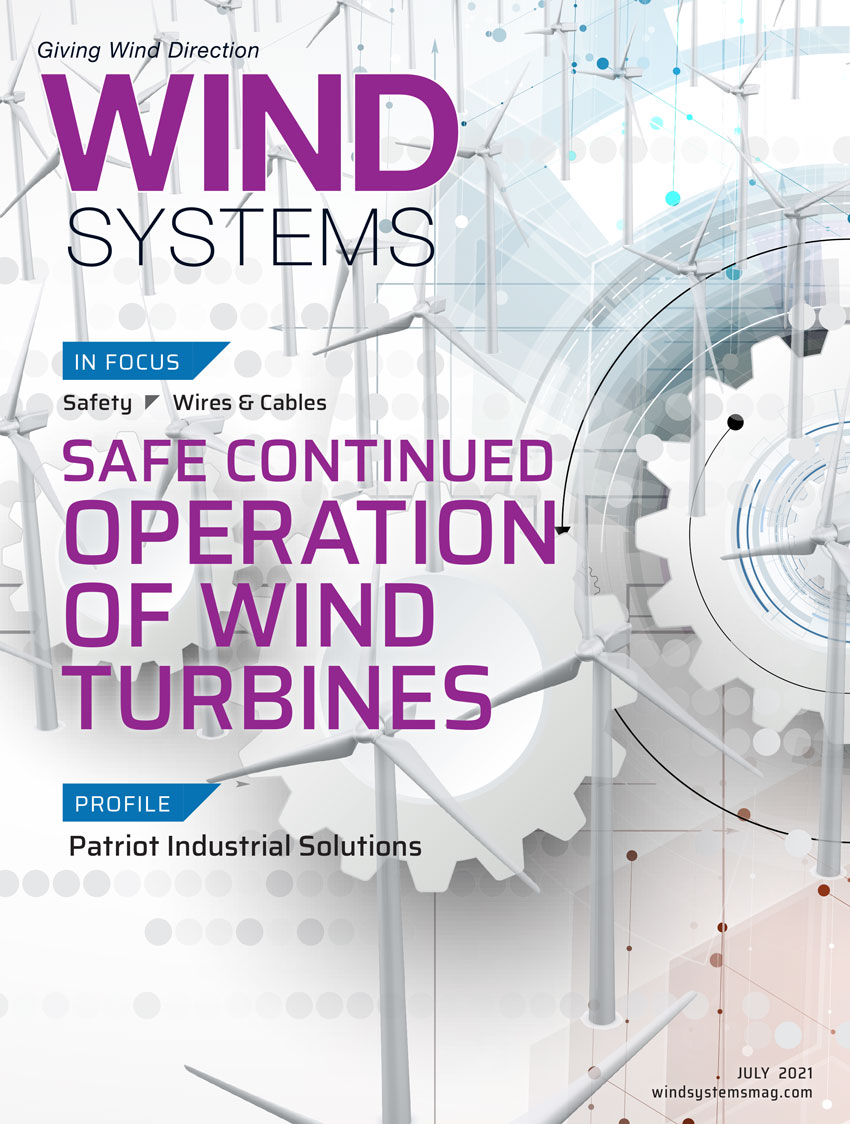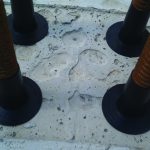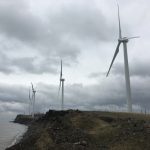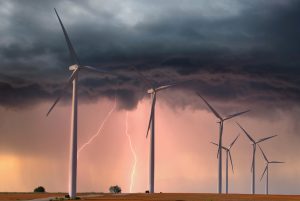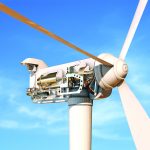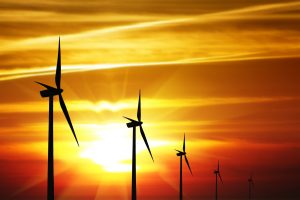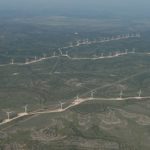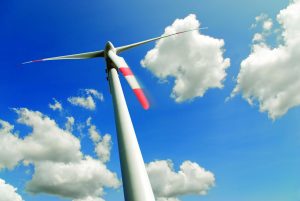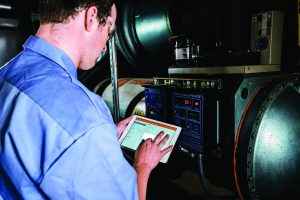The Biden administration made news earlier this year with a bold pledge to reduce the United States’ carbon emissions by at least 50 percent by 2030. This target more than doubles the country’s prior commitment under the 2015 Paris Climate Agreement when the Obama administration set out to cut emissions 26 to 28 percent below 2005 levels by 2025.
One of the key pillars of this effort is the deployment of offshore wind power — a resource that has gone largely untapped until recently in the U.S. wind turbines installed offshore, where wind speeds are higher, more stable, and more predictable, can produce more electricity than those placed on land. Combined with better weather and power flow modeling, offshore wind has the potential to generate a significant proportion of the United States’ energy in the decades to come.
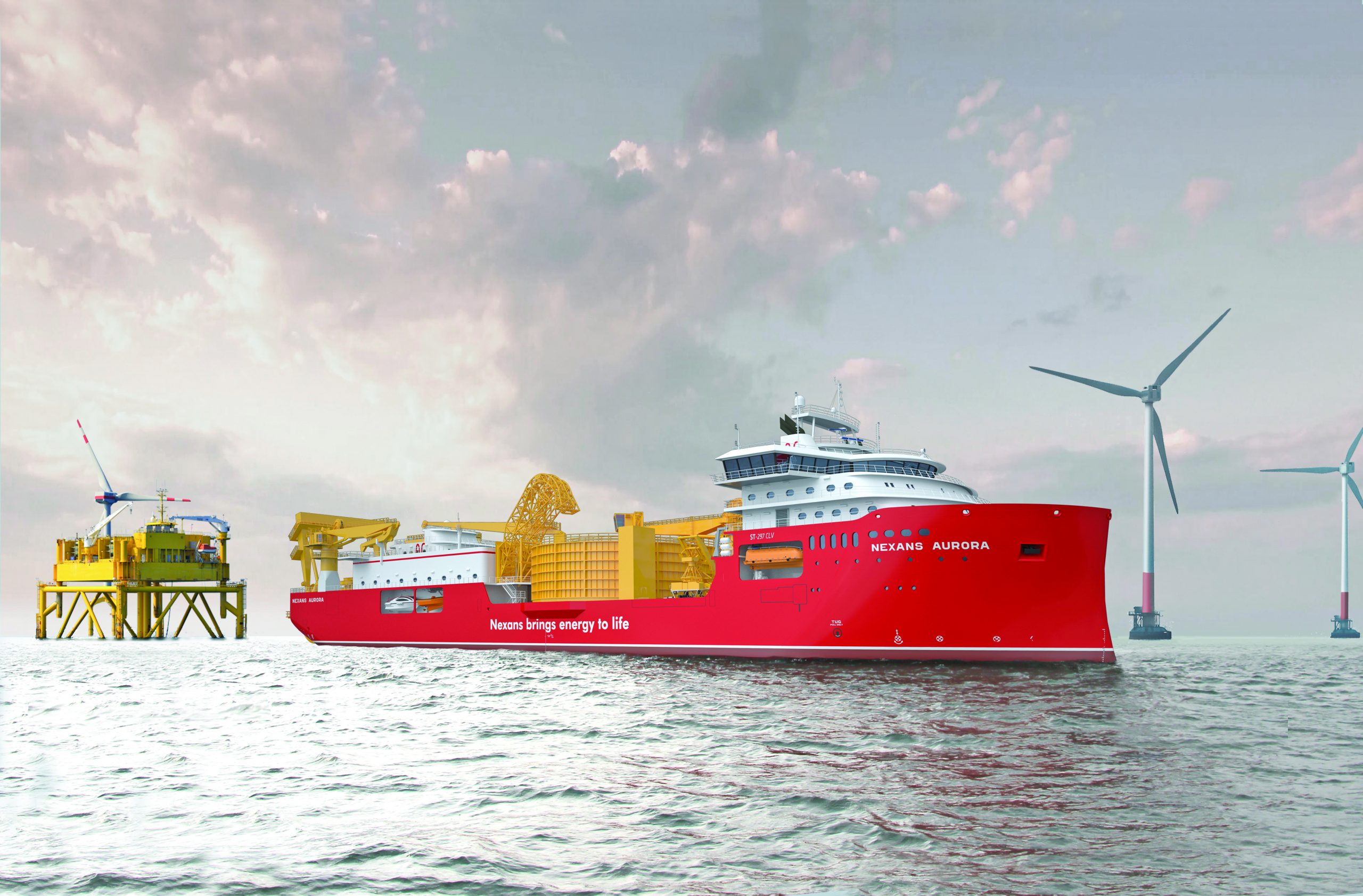
Substantial growth
The offshore wind industry is poised for substantial growth in the United States, with projections anticipating more than 10 GW in operation by 2030 and with another 20 GW in development. In addition to delivering renewable affordable power, the offshore wind industry is expected to generate a variety of economic benefits to the U.S. economy, including tens of thousands of jobs, investment in a U.S. supply chain from Maine to Texas and eventually the West Coast, billions of dollars in economic output, and investment in grid and coastal infrastructures.
The current wave of offshore wind projects started in 2018, driven by states’ public policies on energy and on carbon footprint reduction in New England, New York, New Jersey, Maryland, and Virginia. In January of this year, the New York State Energy Research and Development Authority (NYSERDA) selected Empire Offshore Wind LLC to develop the 1,260 MW Empire Wind 2 and the 1,230 MW Beacon Wind 1 offshore wind projects planned for deployment south of Long Island and east of the Rockaways. The New Jersey Board of Public Utility was expected to award at least 1.2 GW by the end of June. And in early 2021, Dominion submitted its commercial and operation plan for the Coast Virginia Offshore Wind project, a 2.6 GW wind farm.
Challenges remain
US offshore wind came further along in March when the Biden administration announced a set of bold actions designed to catalyze this energy resource, strengthen the domestic supply chain, and create good-paying American jobs.
While these developments are good signs for the offshore wind sector, obstacles and challenges remain to reduce the levelized cost of energy (LCOE), to build up an efficient U.S. supply chain, with protracted regulatory approvals, and with the need to upgrade the onshore transmission network for offshore energy injection on the electric grid.
Early state procurement targets in the Northeast are jumpstarting the industry. The current LCOEs are offset by wholesale power prices that are generally higher than in other regions. As LCOEs continue to decrease due to continued improvement in turbine and transmission technology, offshore wind will become a viable solution farther down the East Coast and into the Gulf of Mexico.
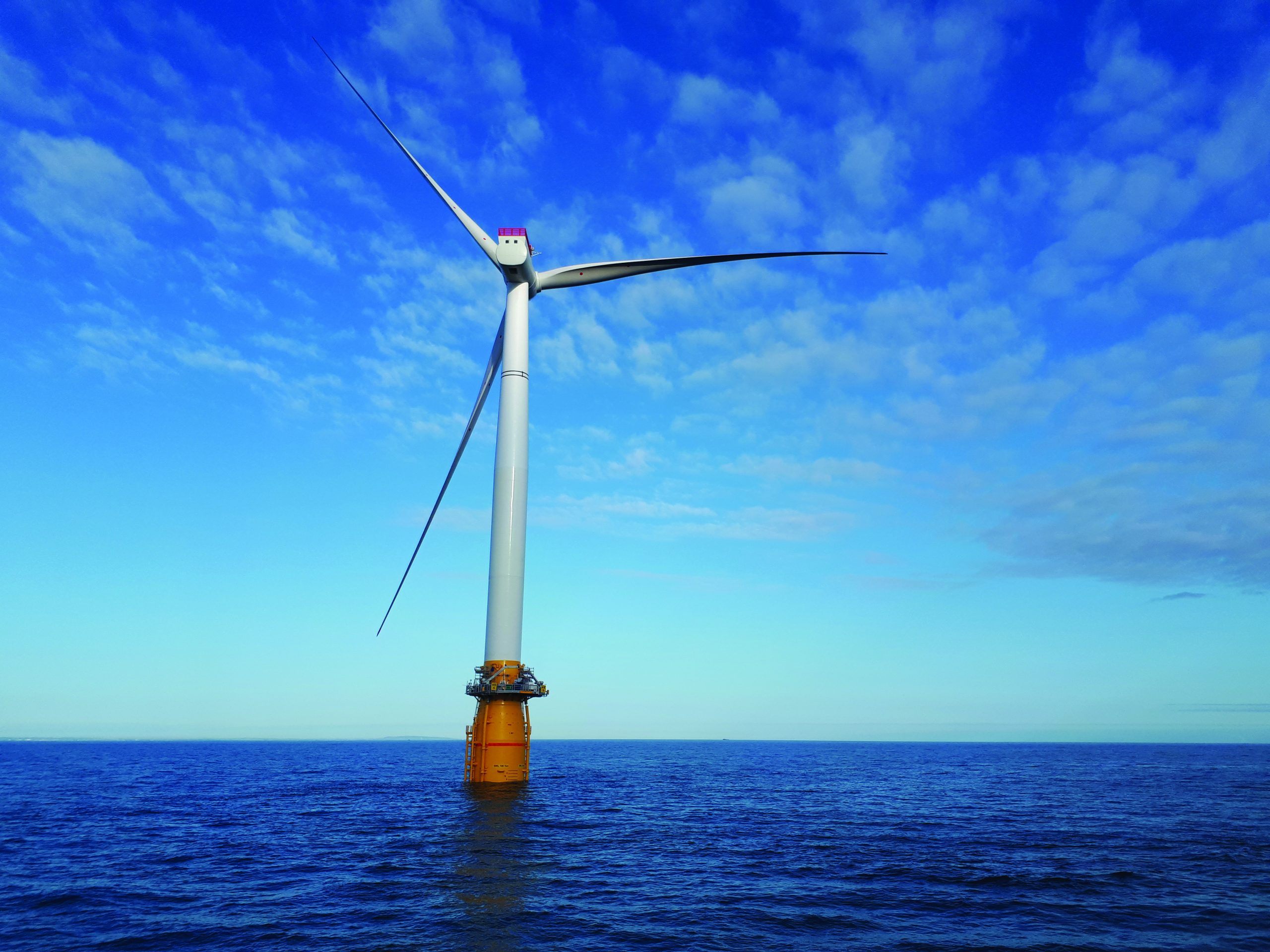
West Coast offshore plans
Available technologies and their current costs will be a factor to bringing offshore wind to the West Coast. Water depth off the West Coast drops much deeper much closer to the shoreline than on the East Coast. Turbines will not be able to be affixed to the seabed to capture wind energy. Instead, those states will rely on floating wind farms. In Europe and Asia, significant investment is underway to deploy and industrialize that technology. This will allow the LCOE of floating wind to rapidly go down to the benefit of projects in the U.S. Nexans is at the forefront of the cable technology required for floating wind, proven by the supply of dynamic cable solutions for Equinor’s Hywind Demo and Hywind Scotland floating wind farm projects.
The technologies to create a net-zero emission efficient energy mix are available. The electric grid on the other end is aging and was designed for another era of electric generation. It will need to be upgraded to increase transmission capacity and flexibility to handle complex power flow from renewable energy sources, and interregional strong connections will need to be developed to bring together the full mix of renewable energy sources.
High U.S. expectations
There is a great expectation that the U.S. offshore wind industry will foster a domestic supply chain, but the current U.S. supply chain could thwart a robust offshore wind development. A U.S. supply chain can grow and strengthen over time with domestic manufacturers and service providers reallocating their assets to meet the needs of this new industry along global OEMs investing in U.S. manufacturing facilities. Nexans, for instance, has invested more than $300 million in its high voltage cable plant in Charleston, South Carolina, doubling down its initial investment with a $220 million retrofitting of its facility to manufacture undersea cables needed for offshore wind projects. Nexans believes the pace of investment in a domestic U.S. offshore wind supply chain can and will accelerate with proper supporting public policies.
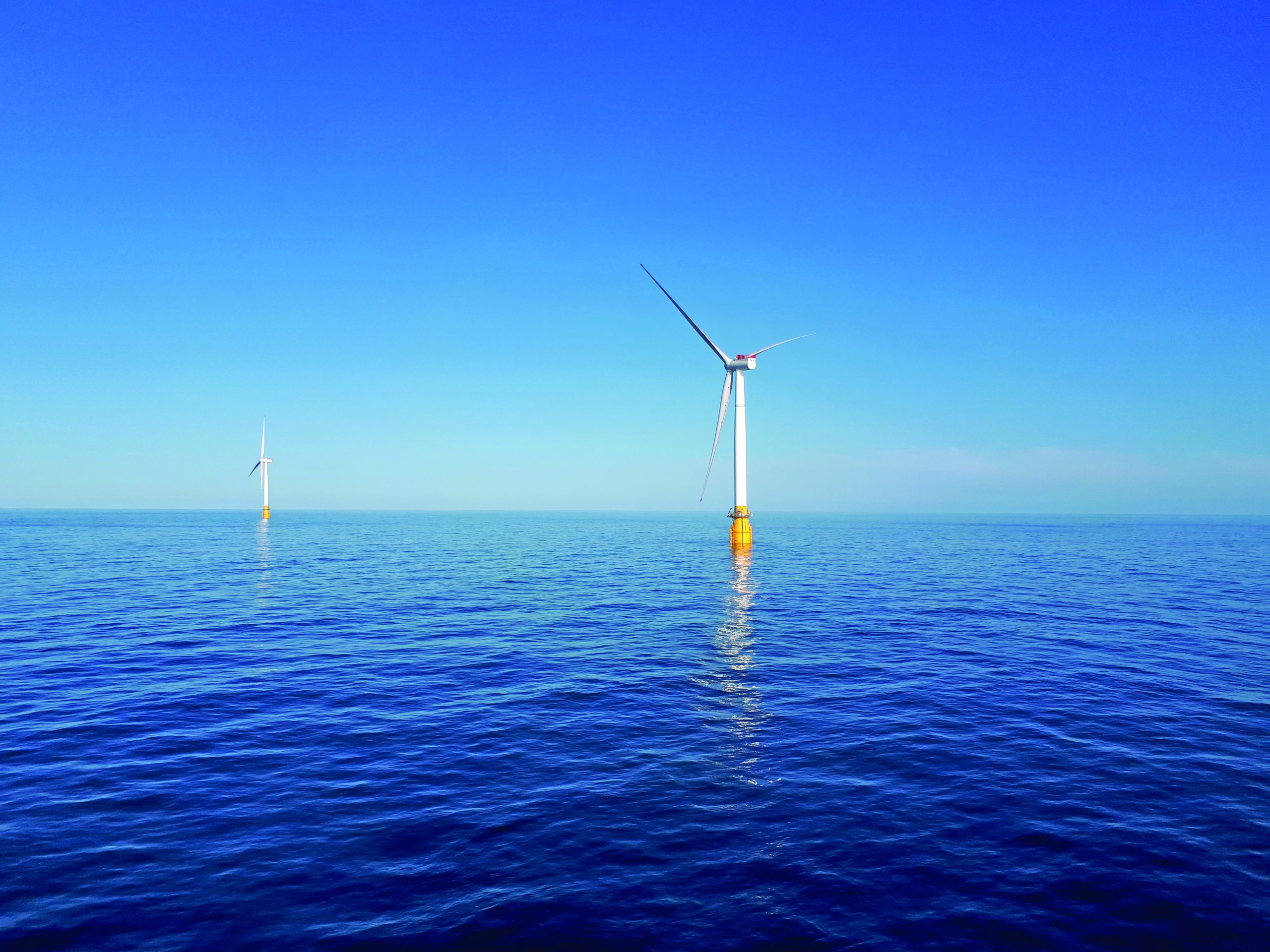
At the top of the priority list of issues to tackle are the regulatory uncertainties that so far have caused multiple delays and added costs to offshore renewable energy projects. Despite the latest improvements as seen with the Vineyard Wind approval and the latest agreement between Bureau of Ocean Energy Management and U.S. Army Corps of Engineers to alleviate the permitting logjam, permitting predictability remains a major concern.
The U.S. is back on board with the Paris Climate Accord, intended to seriously pursue climate change initiatives and to invest into the energy mix of the future. Nexans believes the goals set out by the current administration can be achieved with a coordinated effort between public and private stakeholders of the energy transition.
















